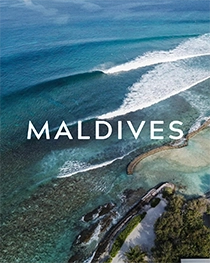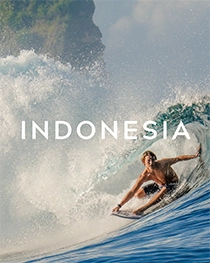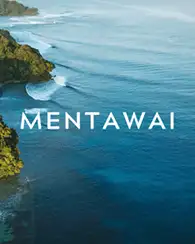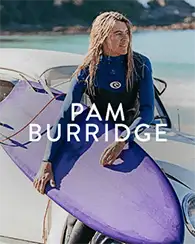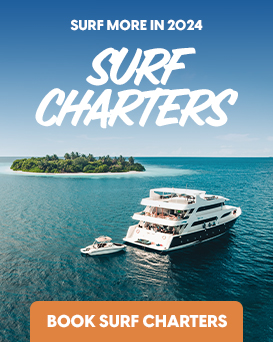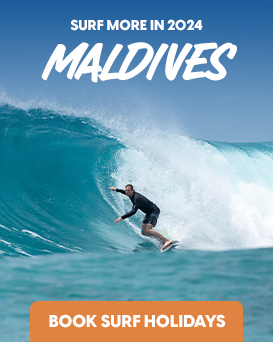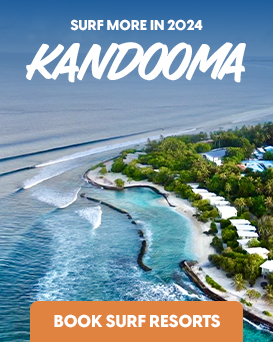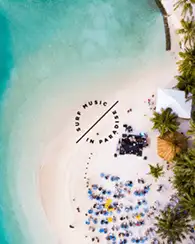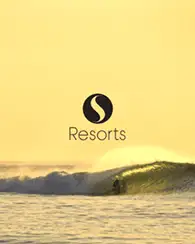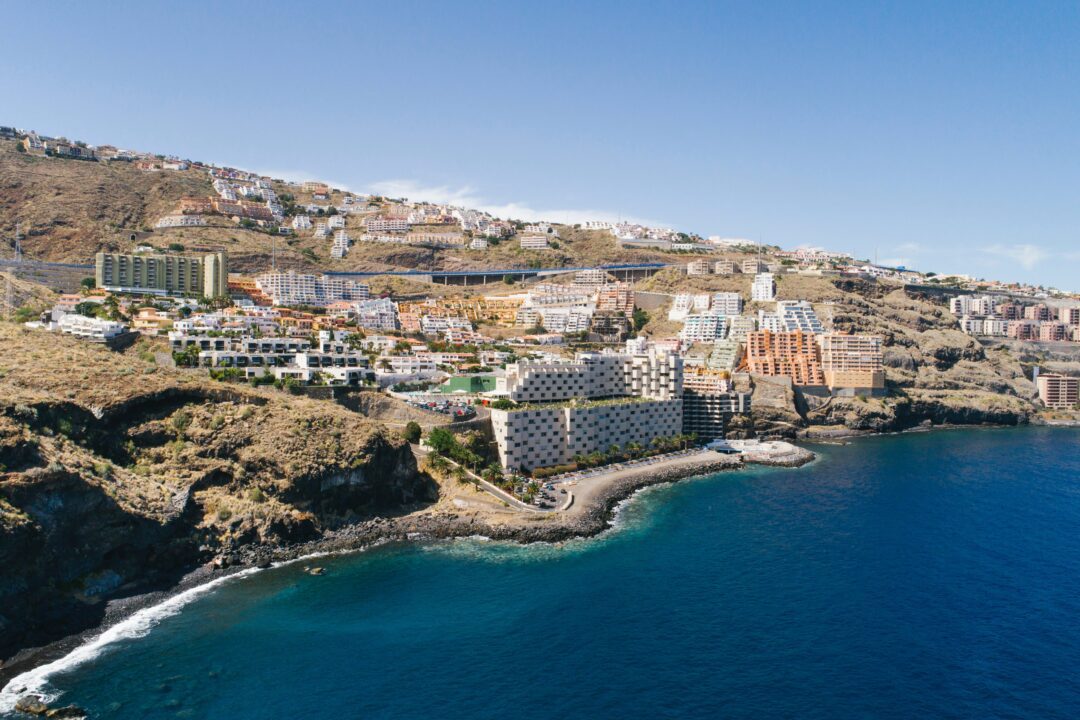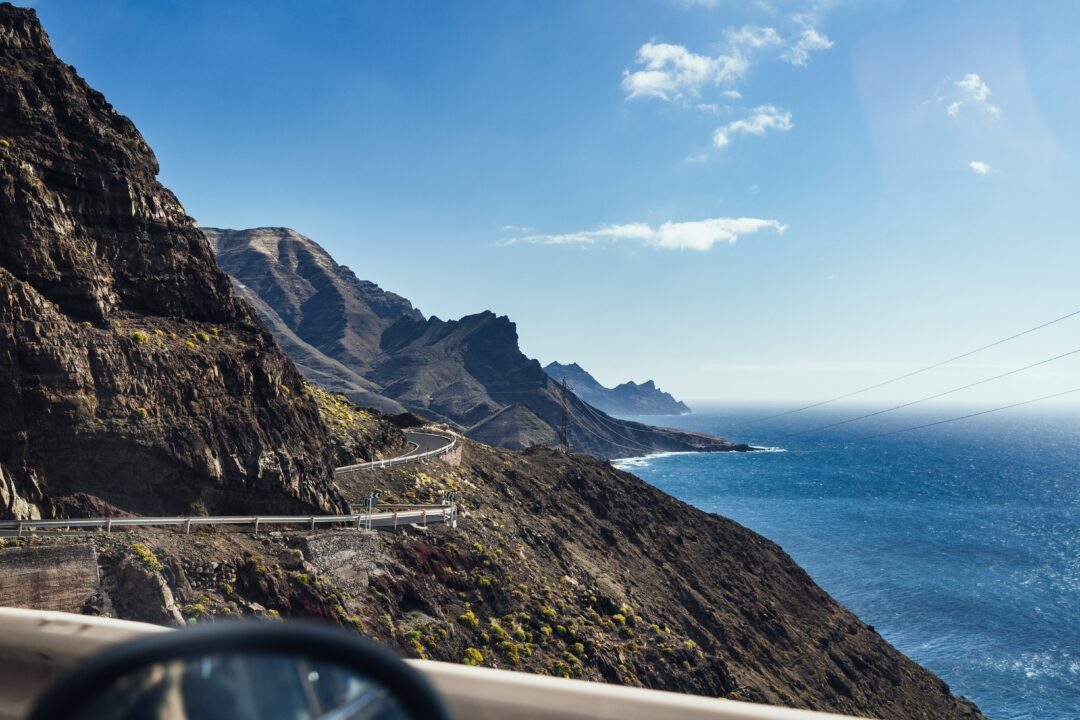Canary Islands Surf Travel Guide
Year-round sun, warm, clear water and consistent year-round waves draw tourists to the Canary Islands. Affectionately named “The Fortunate Islands” due to the subtropical climate and sandy beaches, the islands of this Spanish archipelago lie at the eastern edge of the Atlantic Ocean, off the northwest coast of Africa. Canary Islands are renowned for shallow, heavy and hollow waves, breaking over reefs. However, there are also mellow beach breaks great learners and surf camps everywhere that cater for surfers of all levels. The main surf islands of Lanzarote, Fuerteventura, Tenerife and Gran Canaria, whilst very different, each has dramatic scenery and fantastic waves. Those who come can pick their spot and choose from bustling cities with great nightlife or sleepy little villages where stress just rolls away.
Where to surf
Lanzarote has the best quality waves in the Canaries, perfect for surf holidays, while Tenerife has a south and north shore meaning that it captures all swells and handle all winds. Winds predominantly blow from the northeast and are occasionally very strong sometimes making surfing conditions difficult. However spots like Famara or La Santa right are well-protected. Spots on the East coast are more inconsistent. Fuerteventura island has the longest beaches of all the islands. It has the advantage of being the biggest island – it’s deserted and windy….a surfer’s paradise! It’s never too crowded, even when the hordes of tourists rush here in the middle of winter. The duneside of Corralejo is especially spectacular. West and east swells hit a number of reefs on the north coast. Beachbreaks on the west side of the island are well protected from the northeast winds. The winter months are the best time to go, winds are not as strong and come more from the east than the north.
Best Surf Breaks
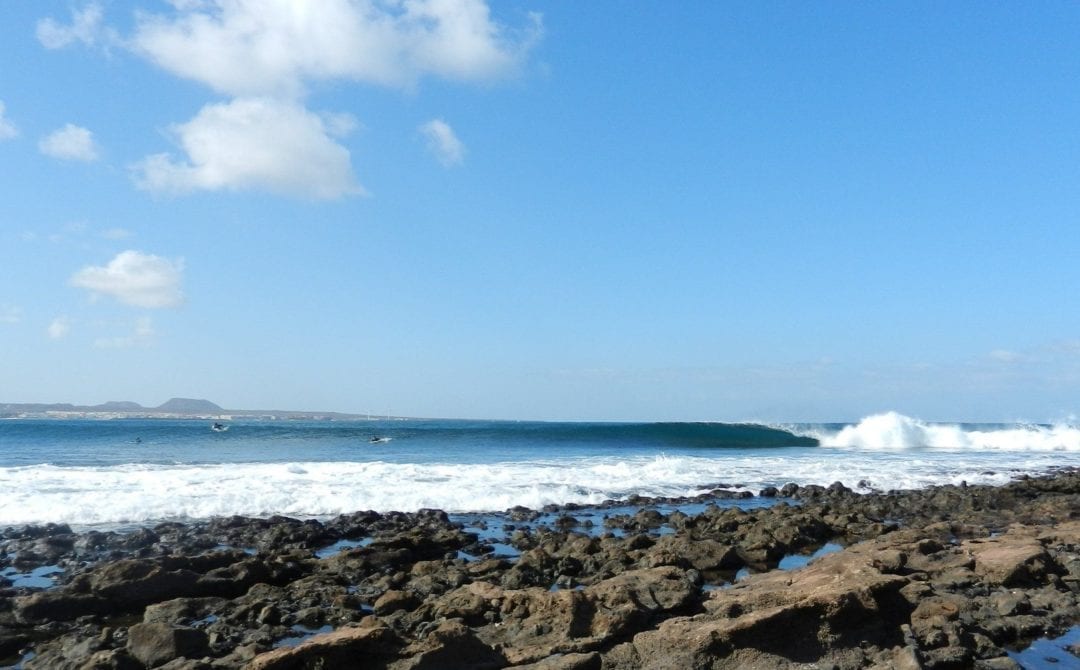

Los Lobos
Fuerteventura
World-class right-hand pointbreak that sometimes breaks for 400m along a small uninhabited island near Carralejo. Really sectiony when it’s small but with a big north swell, the waves are long with 3 nice tube sections. Lots of people and the locals are ruthless when it’s on. There are several ferries mid-morning and the last one comes back at 16:30. Authorisation is required for camping.
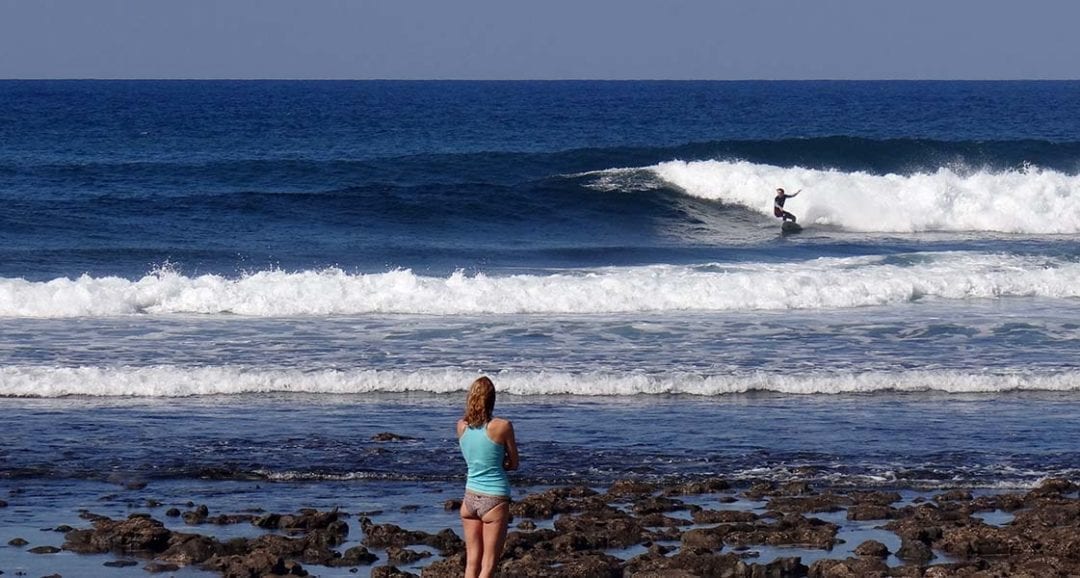

La Derecha/Bubble
Fuerteventura
Very powerful peak with perfect right and left bowls breaking onto reef. The most well-known spot on the island and this is where the contests are held.
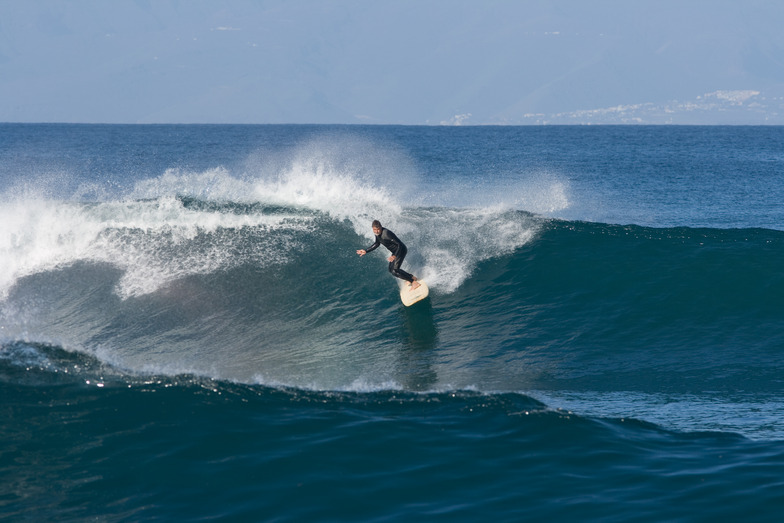

La Izquierda
Fuerteventura
An easier wave to surf than the nearby Bubble. Works very often and is always busy.
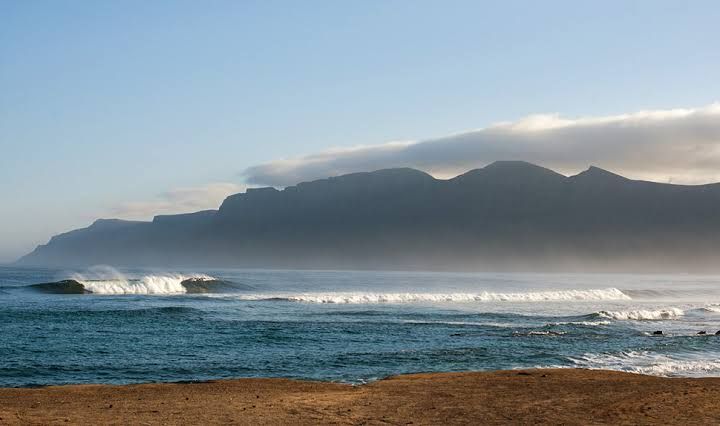

Famara
Lanzarote
A huge bay of 5km lies at the foot of the lava mountains. Sandy bottom – left and right peaks whose size depends on the swell direction. A good left near the port of the little village of Caleta Famara.
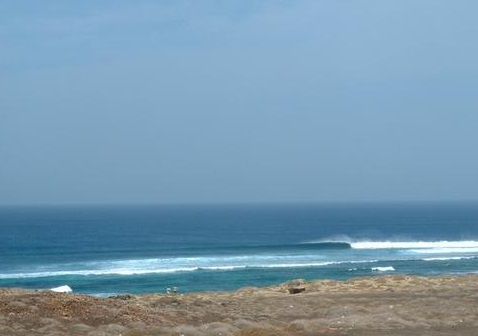

La Graciosa
Lanzarote
Visible from the bottom of Famara Bay. It takes 30 minutes on the ferry from the north of Lanzarote at Orzola. A nice getaway for the day or find one or two night’s accommodation in one of the few little guesthouses. Lost in a lunar landscape surrounded by turquoise water, you can get around by bike. There are quality spots to explore around this unusual little island
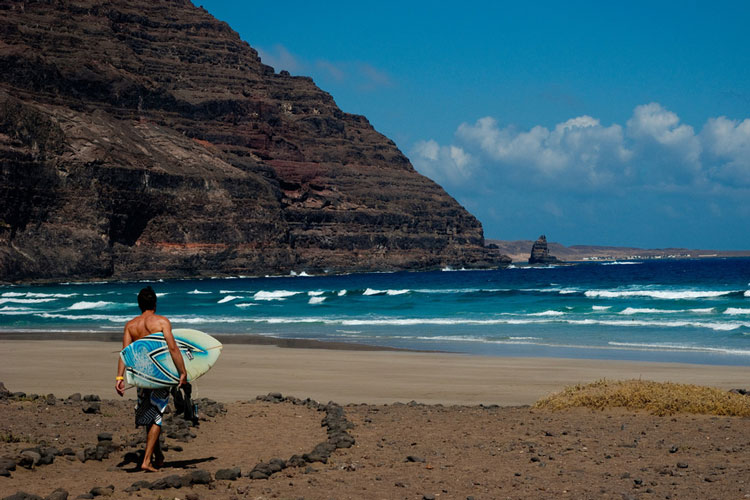

Playa de la Canteria
Lanzarote
This high tide spot works well with northerly swells. A fun place to surf before taking the ferry to Graciosa.
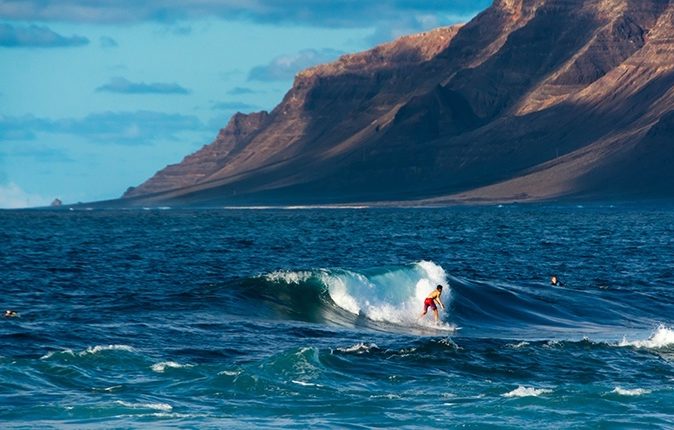

San Juan
Lanzarote
A perfect left to the west of the bay of Famara, sheltered by the S/W wind that blows towards La Santa.
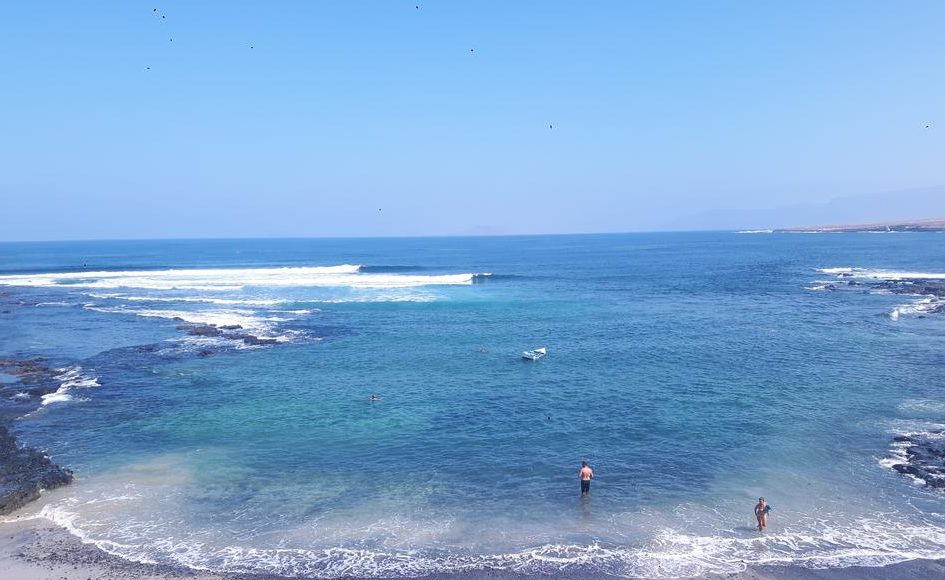

Caleta de Cabello
Lanzarote
Good at high tide. A consistent hollow left that works with a north swell. Ghost Town and Chickens are hollow and radical waves nearby.
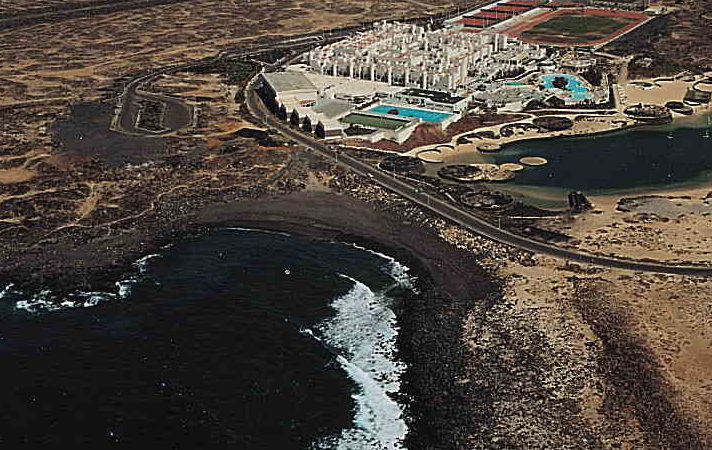

Boca del Abajo
Lanzarote
Super fast left that breaks in shallow water and works at around 1.5 – 2 metres. From the La Santa Club, take the Isleta road that drops down to a small bay where you’ll find this fun, hollow wave.
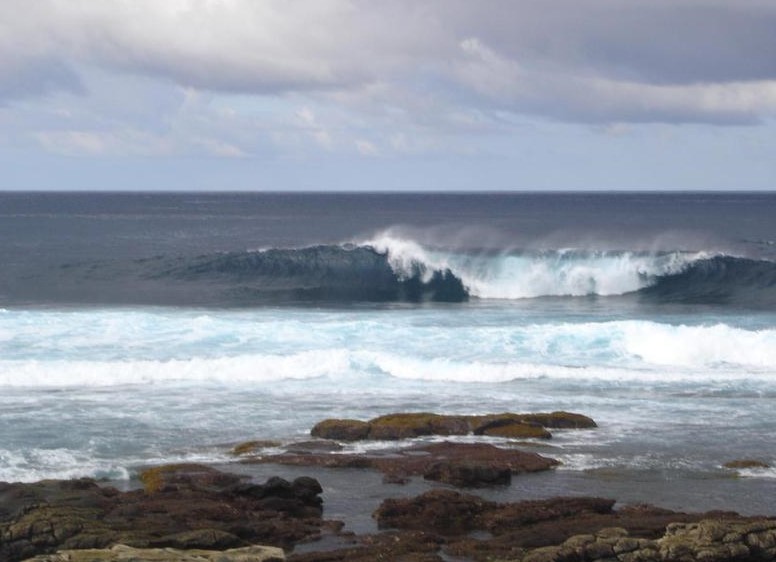

Morro Negro
Lanzarote
This world-class wave can be found at the south western point of the Isleta. Long walls with hollow sections and a fun beachbreak. Holds a big swell. Watch out for crowds and the long paddle to the lineup.
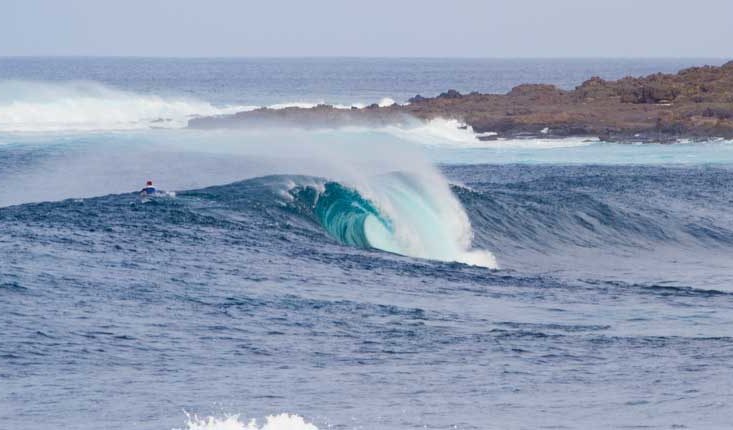

La Santa
Lanzarote
A left that sucks up with good tubes. Super consistent on a high tide. Watch out for the locals who sometimes lock down access to the spot.
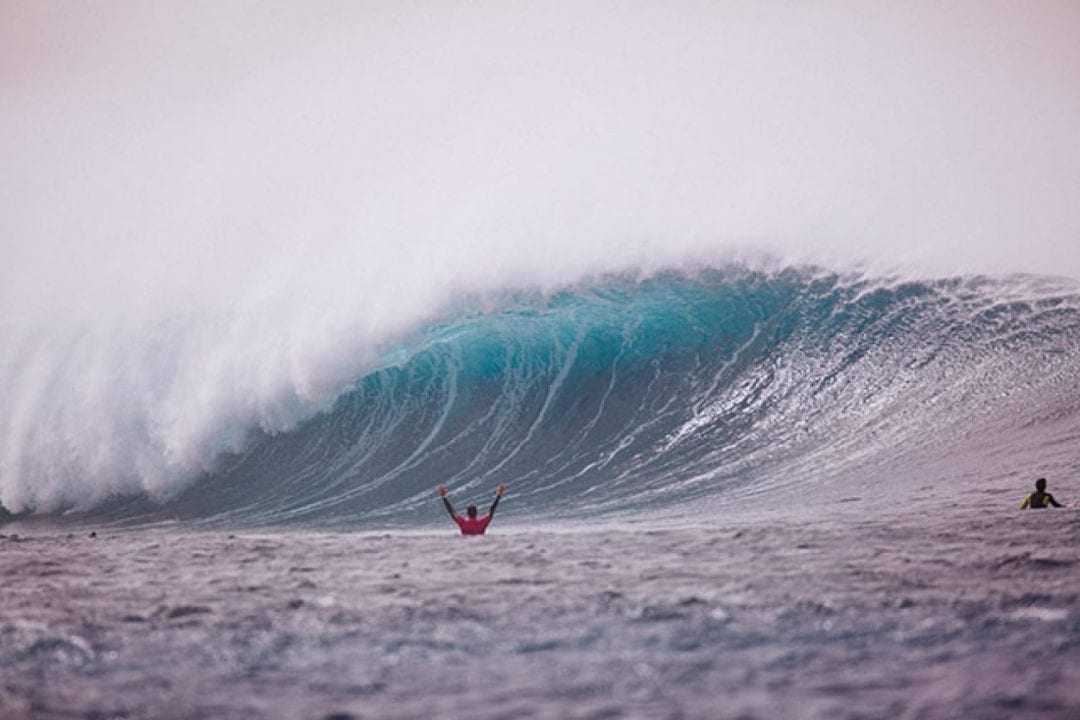

El Quemao
Lanzarote
A short but powerful left that holds up to 4 – 5 metres easily. Nicknamed the Canaries Pipeline. Only for experienced surfers and kamikazes…
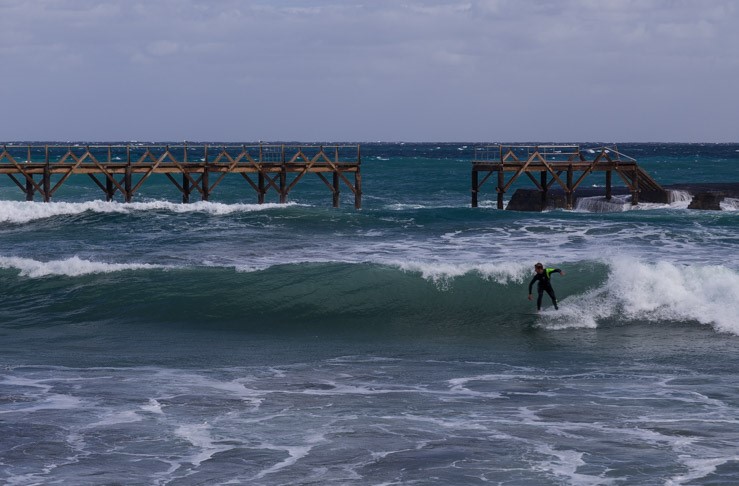

Arieta
Lanzarote
When the swell is too big on the west coast, the NE coast works well as it’s is more sheltered. A fun beachbreak located at the south of the village. Fast and hollow waves.
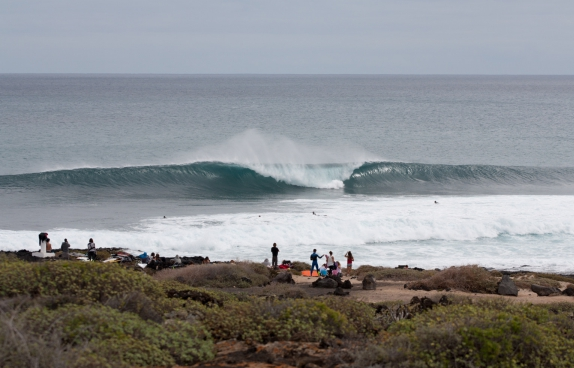

Jameos del Agua
Lanzarote
More a summer spot – opposite the carpark. At the north end of the beach you can find a nice spot called Los Aulagas. Fun rights and lefts.
When to go
The autumn, winter and springtime bring powerful waves giving the islands their nickname of “The Hawaii of Europe”. Also the predominant NE wind is offshore at the best breaks. The summertime means smaller, less consistent waves, stronger winds and very warm weather. You can wear a shortie wetsuit for most of the year with the water temperature bottoming out around 18° in winter.
Attractions
Hire a mountain bike and go and check out the volcanoes in Lanzarote. Use the winds and learn to kitesurf or chill out and take a yoga class. Hike (or drive) up to Tenerife’s Mt Teide, which rises 4,000 metres above sea level or hit the world-renowned free diving centre on the West Coast. From octopi to timid rays, you will see an exceptional amount of marine life whilst snorkeling, freediving or scuba diving the Canary Islands. Gran Canaria is considered one of the top dives in the region due to the unusual and impressive volcanic formations. Off the coast of La Isleta, just north of Las Palmas, is a morass of lava tubes, caves, arches and crevices.
The Country
Though the Canary Islands are officially a part of Spain, they are actually closer to Africa than they are to Europe. About 100 kilometres from the southern coast of Morocco, the islands are volcanic, and are quite active. Subtropical and arid, the majority of the Canary Islands have a desert climate. The trade winds blowing in from the ocean greatly influence the terrain, which is rich and forested in some regions, and sparse and barren in others. Colonial cities dot the landscape, surrounded by an endless expanse of blue. Offshore are incredible volcanic rock formations, making the vistas that much more spectacular.
Getting There
Flying into the islands is the most direct, and admittedly the simplest way to get to paradise. The three islands of Gran Canaria (CPA), Tenerife (TFS), and Lanzarote (ACE) have airports.
Travel Information
Time Zone
GMT
Currency
EUR
Calling code
+34
Electric volt
230 V – Plug type: C, E and F.





